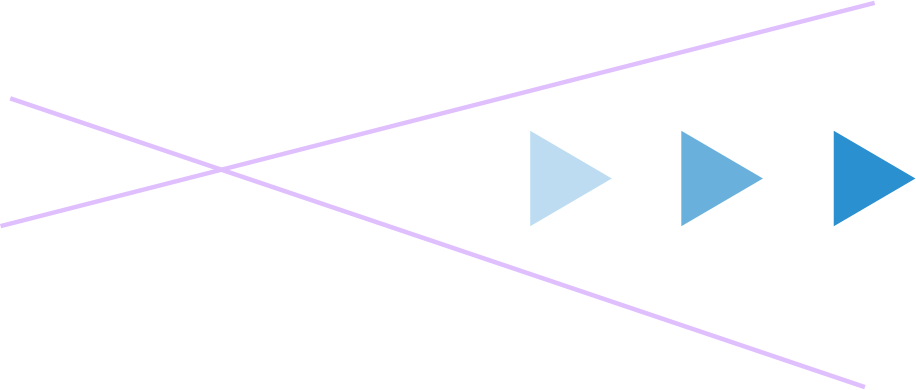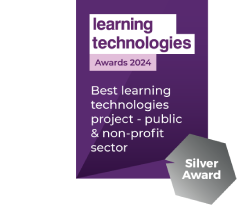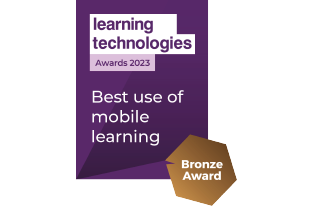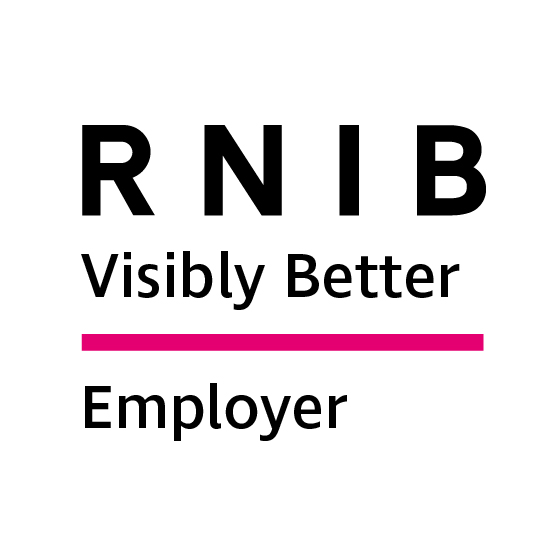Home / Thinking Zone / Why we just can’t help learning through stories
Why we just can’t help learning through stories
Logic will get you from A to B but imagination will take you everywhere - Albert Einstein
Have you ever watched a horror movie and felt your heart rate increase as you anticipate what might come next? What about getting to the end of your favourite book and shedding a tear with the exhausted protagonist? Or maybe facing a difficult memory by ‘reframing’ its context; enjoying a juicy bit of gossip with a friend or retelling a significant dream or event from the past by ‘setting the scene’ and introducing key characters? If that sounds like you then you are one of millions of people who live inside stories every day; without even trying.
Posted 17 November 2023
On the flip side, can you reliably remember the details of cleaning your teeth this morning? Did you even close that window? Again, like many, the memory of these habitual activities will be hazy because your brain has not deemed them important enough to remember them clearly. However, if you’d told a dramatic story about seeing a ghost whilst cleaning your teeth and closing the window whilst standing on one leg, then you’d remember a whole lot more.
All of these associations will be very familiar, but we might wonder why they are so universal? The simple answer is Neuroplasticity. Our brains have evolved over time to respond to narratives and adapt to form new neural connections each time we follow a story. Numerous studies using fMRI scanning[1] have shown how several regions of the brain light up during the storytelling experience – whereas only one or two might be activated whilst cleaning our teeth or closing a window...
When we focus on a story, the amygdala (typically associated with impulse and emotion) will be activated as we respond to the characters’ feelings; and our whole sensory cortex will light up as we visualise, hear, sense or ‘smell’ elements of the tale. Empathy and trust will build via the firing up of mirror neurons and the release of oxytocin - and once this happens, whoever is engaging with the story will be fully invested.

This sense of trust is hugely important as it fosters a reciprocity between storyteller and listener - or teacher and student - which in turn aids embedded knowledge and motivates further learning. There is also growing evidence that something called ‘neural coupling’ is why the storyteller’s and listener’s brains respond in identical ways, giving a shared (albeit artificial) reality. Dr Olaf Hauk, a cognitive neuroscientist at the University of Cambridge looked at individual words and found that even reading or hearing a certain word, for example ‘jump’, will activate those areas of the brain involved when we physically jump.[2]
There are countless ways in which we use stories in our everyday lives to understand complexity, communicate with others and help us make decisions – but it doesn’t always feel like learning because it comes so naturally to us; everybody knows that immersing oneself in a compelling story can feel great. We often resonate with what the characters are going through, relate their actions to our own experiences and enjoy the visual aspects of what we are seeing or reading. Does this feel like learning? Maybe, maybe not, but either way it’s much more appealing than wading through a text book.
Advertisements and social media take advantage of this very human trait to engage with stories several times a day – hands up who has ever been drawn into something trivial or bought an item they didn’t really need or want because their emotions had been activated?
Stories are well known to aid memory retention and build communication, creativity and problem solving; and they are often used to help dementia sufferers stay connected to their loved ones[3]. Children who have never been exposed to storytelling experiences may struggle with decreased empathy, reduced imagination, limited language skills and a lack of a moral compass – which is why such an emphasis is placed on early years literacy and language support. [4]
It is unknown when the first oral story was, although prehistoric cave paintings from Indonesia give us a good idea[5], and it is thought that the first written story was a poem from Sumer, one of the earliest civilisations of Mesopotamia – in present day Iraq. ‘The Epic of Gilgamesh’, c.2100 BCE is a dramatic tale of friendship, hierarchy and loss, and gives us a good insight into the religious, social and political themes of the times. This poem and others similar to it are likely to have been read aloud to groups of people gathering together for entertainment, education and community; something which was echoed by oral traditions in every culture. It is perhaps this sense of coming together to learn something that is repeated within our schools and universities today and why peer learning can be more effective than trying to learn alone.[6]
If we assume then that stories are a fundamentally effective way to communicate – how can this be better utilised through the learning experience? Learners often need to retain complex or ‘dry’ information and it may seem counter intuitive to then offer a way of delivery which is not analytical. But at its core, storytelling is the art of conveying information through a narrative structure, which will always have a beginning, a middle and an end, and countless studies show that critical thinking can be enhanced by the simplification or stylization of a story. If we can tell a story which gives the learner some historical or cultural context or which encourages them to broaden their perspective, then so much the better.

Crucially, learning through stories can reduce any resistance which may have built up around conventional rote learning and help students reframe their own narrative thus giving them a ‘voice’. The ancient proverb ‘He who tells the story rules the world’ perhaps gives us an inkling of how powerful it can feel to tell your own tale.
Furthermore, analysing a fictional character who is facing a challenge can prompt us to consider an alternative solution and/or make an ethical judgement – this can be particularly powerful in decision making when used in political or legal spheres. Interestingly, a study by António Damásio (a Portuguese-American neuroscientist from the University of Southern California), showed that people who had sustained damage to the amygdala region of the brain could not make decisions – and this led to the finding that decision making is actually emotion led and not logical, as previously assumed. Damásio and his team proved that the emotional parts of us make the initial decision and then the conscious mind applies the logic to make sense of it. Decisions often feel rational, but according to Damásio, they are rooted in the sensory.[7]
A fundamental goal for any teacher or teaching model is surely for the student to be able to use what has been learned and transform it into embedded knowledge. The dream for a teacher is when a student learns the ‘what’ they have been taught and transforms the ‘how’ and the ‘why’ into their own understanding. This type of learning is often achieved by the Socratic method[8] – which originated from Socrates’ use of inductive reasoning and searching questions, rather than relying on deductive reasoning and logic – often referred to as the Scientific or Aristotelian Method.
But as we have seen, perhaps the best fit of all for us humble humans is that of learning through stories. Storytelling has been with us since the beginning of time and there is growing evidence that we are, in fact, hard wired for stories. As technology has advanced, so too have the methods of storytelling become more sophisticated and interactive – but at its heart, the ability of narrative to connect and inspire has not lost its value. If anything, the variety of ways in which technology has been able to reach more sections of society than ever before has only enhanced its real world application.
And finally…
In 1944, psychologists Fritz Heider and Marianne Simmel devised a simple 90 second animation[9] of geometric shapes moving in and out of a large rectangle; they asked 114 participants the simple question ‘what is happening here?’
Only 3 out of the 114 described what they saw in analytical, descriptive terms whilst the other 111 came up with a variety of scenarios reflecting their experiences, states of mind and world views. The resulting conclusion was that the human mind simply cannot see the world in any other way than through narrative.
Click on the link to see what your storytelling mind will come up with; and next time you are teaching or learning something new – why not tell a story?
[1] https://hbr.org/2010/12/defend-your-research-i-can-make-your-brain-look-like-mine
[2] https://www.jneurosci.org/content/35/25/9329
[3] https://onlinelibrary.wiley.com/doi/abs/10.1111/j.1365-2702.2004.01042.x
[4] https://www.sciencedaily.com/releases/2020/12/201207142306.htm
[5] https://www.cbc.ca/news/science/cave-art-indonesia-1.5393624
[6] https://www.ncbi.nlm.nih.gov/pmc/articles/PMC7145884/
[7] https://nyaspubs.onlinelibrary.wiley.com/doi/abs/10.1111/j.1749-6632.2003.tb07094.x
[8] https://www.sciencedirect.com/science/article/pii/S1877042812020174
[9] https://www.bps.org.uk/psychologist/our-storytelling-nature












